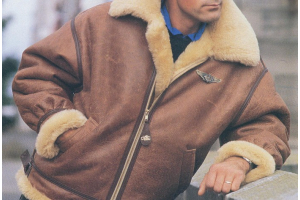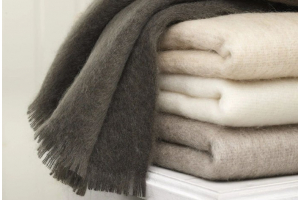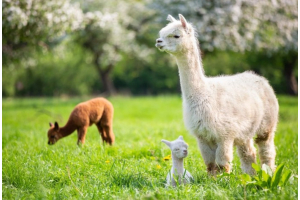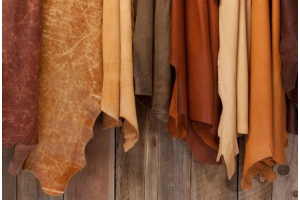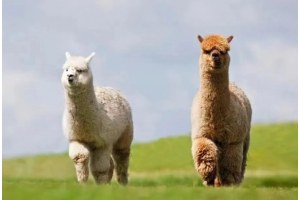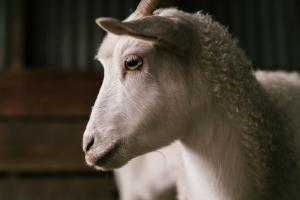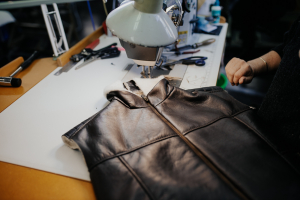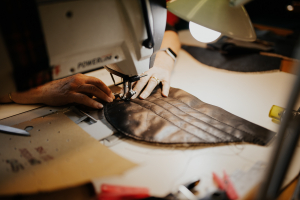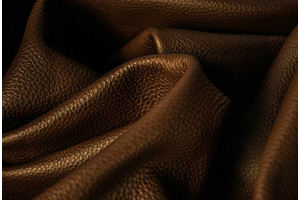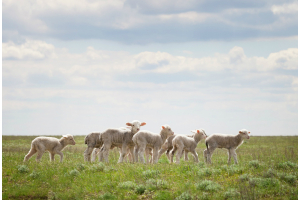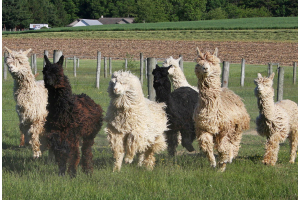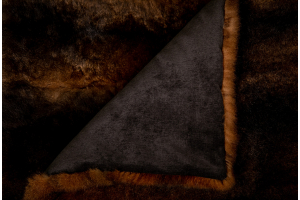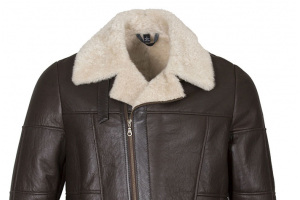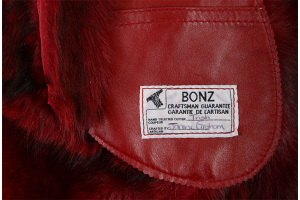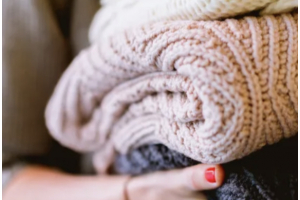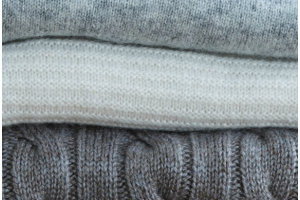We use cookies to ensure that we give the best experience on our website. Click here for more information
Merino Wool - The New Standard for Soft and Warmth
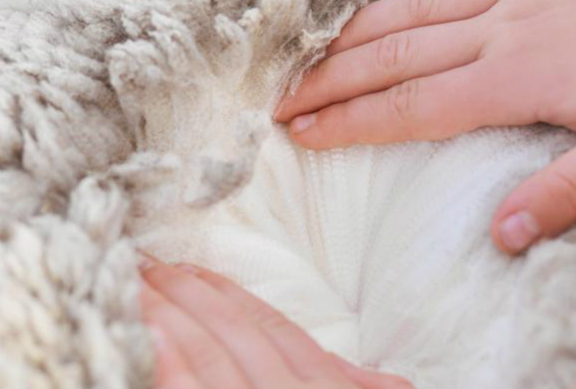
What is merino wool?
The Merino Sheep originates from Spain and its earliest flocks date back as far as the 12th century. Today, however, New Zealand is a large producer of material. Many people call New Zealand the "sheep country". There are in fact an estimated 6 sheep to every New Zealander. Today there are 35 million sheep in New Zealand, 3 million are Merino.
Merino wool is a type of material that comes from the Merino sheep and is renowned for its exceptional properties. Among these properties are its fantastic softness, durability, cooling/heating and breathability. The fibres of Merino wool are softer, finer and more sensitive than many other fabrics.
A brief history of merino wool.
As an island nation surrounded by the sea, New Zealand has no sheep breeds hundreds of years ago. For centuries, the ancient Merino breed had been renowned in Spain for its fine wool. From the 1840s to early 1860s, thousands merino sheep were transported across the Tasman Sea. They were not always good quality, so New Zealand breeders imported small numbers from Germany, France, the United States and England to improve the stock. By the early 1880s the New Zealand Merino had become a distinct type and a symbol of New Zealand.
How is merino wool made?
The major steps necessary to process merino wool from the sheep to the fabric are shearing, sorting, carding, spinning, weaving, and finishing.
Shearing
Sheep are sheared once a year—usually in the springtime. A shearer can shear up to two hundred sheep per day, using an electric tool similar to a razor. The fleece recovered from a sheep can weigh between 3 and 8 kilograms, the fleece is kept in one piece. When done with care, shearing doesn’t harm the sheep. Shearer leaves sheep with a thin, cool coat for the summer months. Without shearing, the sheep’s fleece can severally overgrow, such as the famous case of “Shrek the Sheep”.
Sorting
The first thing that must be done right after shearing is sorting the wool. In sorting, the wool is broken up into sections of different quality fibres, from different parts of the body. Therefore, while sorting wool, the factors such as the length of fibres and wool's ability to absorb dyes etc. should be taken into consideration. The best quality of wool comes from the shoulders and sides of the sheep and is used for clothing; the lesser quality comes from the lower legs and is used to make rugs.
The quality of wool varies not only due to the different types of breeds, but it also depends on the geographic location of animals, climatic conditions of the region, the season of shearing, the quality and composition of fodder etc.
Carding
Next, the wool fibres go through carding, a process that pulls them through a series of metal teeth. Sheep wool is naturally curly; carding straightens out the fibres and makes them soft and fluffy. By the end of carding, the wool fibers are lined up into a thin, flat piece. Carding also removes residual dirt and other matter left in the fibres.
Spinning
Spinning is the process by which wool fibre is turned into yarn. During spinning, wool fibres are drawn out and twisted together. Spinning for woollen yarns is typically done on a mule spinning machine, while worsted yarns can be spun on any number of spinning machines. After the yarn is spun, it is wrapped around tubes or bobbins.
Different processes create different kinds of yarn that work for distinct final products. Worsted spinning, for example, makes a smooth, thin yarn that’s perfect for suits and other garments. Woolen spinning, on the other hand, makes a thicker yarn that’s perfect for knitting.
Weaving
Wool manufacturers use two basic weaves: the plain weave and the twill. Woollen yarns are made into the fabric using a plain weave, which produces a fabric of a somewhat looser weave and a soft surface with little or no lustre.
Some yarn forms the raw material for wool products, other yarn is sold to consumers who use them to make jumpers, scarves and other clothing.
Finishing
The finishing process is another important process which gives the fabric stability. A series of finishing procedures including fulling (immersing the fabric in water to make the fibres interlock); decating (shrink-proofing); and dyeing (although wool fibres can be dyed before the carding process, dyeing can also be done after the wool has been woven into fabric).
Why merino wool is better than normal wool?
Normal wool is a material fibre that is extracted from the hide of hairy animals such as a sheep and goats while merino wool is a material fibre acquired particularly from Merino sheep.
Soft: merino wool is much softer than normal wool, so can be worn against even the most sensitive skin.
Natural: merino wool is a natural and sustainable resource because merino wool continues to grow each year after the annual harvesting of the fleece.
Lightweight: merino wool is one of the most lightweight materials on the market due to its weight to warmth ratio. Unlike normal wool, merino wool is very lightweight.
Breathability: It is able to release warmth as needed to prevent overheating and to cool you down when conditions heat up. Merino’s natural property for regulating body temperature means you can pack fewer clothes and keep comfortable in any weather.
What determines the quality of merino wool?
The diameter of wool is measured in microns (a single micron is one-millionth of one meter) and the lower the micron the finer and more expensive it is. Regular coarse wool can be 40 microns or more, but merino is much finer, starting at about 24 microns down to 15 microns and below. Because of its thin diameter, merino isn’t itchy or rough like thicker wools but still offers impressive warmth and moisture-wicking capabilities.
How to care for merino wool?
Hand wash
Hand wash in clean, lukewarm water inside out, using a mild and gentle detergent. Soak for 10 minutes before rinsing thoroughly in lukewarm water and then finally with cold water.
It’s important to wash light/white items separate from dark/bright colours. This will help to avoid damage if any of the colours bleed during the washing process.
Dry clean
Your knitwear should be taken to a professional dry cleaner to ensure the superior quality of your sweater is maintained upon cleaning.
Storage
Always clean your garments before storing – this helps prevent odours, stains and build-up of dirt. For best results, store folded rather than hung.


